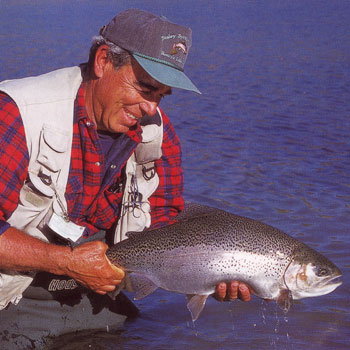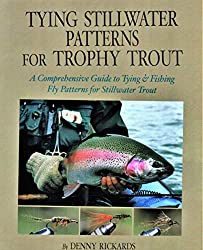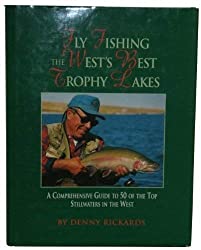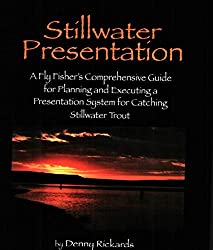Fly Fishing For Trophy Trout On Stillwaters
Denny Rickards
Fly Fisher/Fly Tier/Author
★ ★ ★ ★Denny has been fishing, guiding and studying trout behavior for the past 30 years. He's an expert on fish lakes and has developed a selection of suggestive flies that put the trophy trout on the take. Join us on this podcast to hear about Denny's latest new techniques on fishing lakes.
Learn more about Denny Rickards...
Listen to other shows with Denny Rickards…










